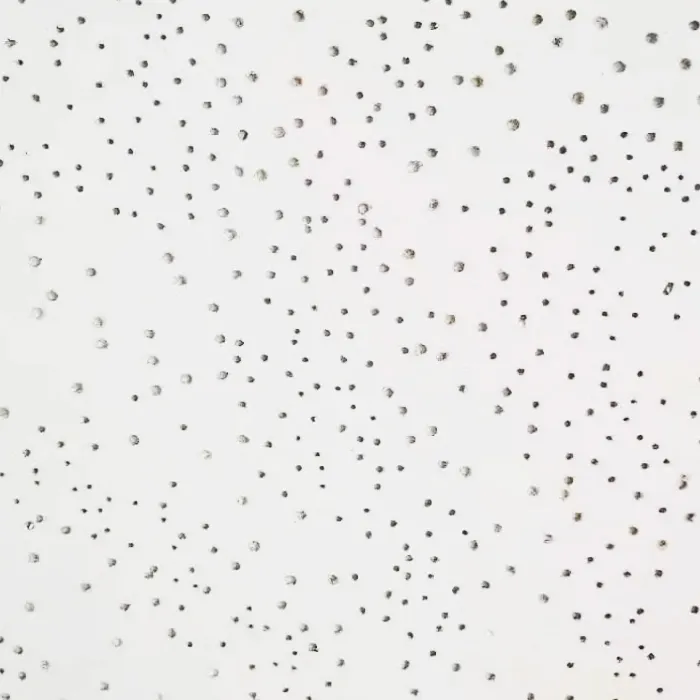9 月 . 01, 2024 14:05 Back to list
gypsum vs pvc ceiling
Gypsum vs. PVC Ceilings A Comprehensive Comparison
When it comes to selecting the right ceiling material for your space, two popular options often come to the forefront gypsum and PVC ceilings. Each material has its own unique characteristics, advantages, and potential drawbacks. Understanding these differences can help homeowners and builders make informed decisions.
Gypsum Ceilings An Overview
Gypsum ceilings are made from gypsum board or drywall, which is a plaster-like material sandwiched between sheets of heavy paper. This type of ceiling is popular due to its cost-effectiveness, versatility, and ease of installation. When properly installed, gypsum ceilings can provide a smooth and aesthetically pleasing finish.
One of the significant benefits of gypsum ceilings is their excellent soundproofing qualities. The density of gypsum helps to absorb sound, making them an ideal choice for residential and commercial buildings where noise reduction is a priority. Additionally, gypsum is fire-resistant, which further contributes to safety in buildings.
However, gypsum ceilings are not without their drawbacks. They can be susceptible to damage from moisture and humidity, which can lead to sagging or mold growth. Therefore, they may not be suitable for areas with high humidity levels, such as bathrooms or kitchens, unless additional waterproofing measures are taken.
PVC Ceilings An Overview
gypsum vs pvc ceiling

On the other hand, PVC (Polyvinyl Chloride) ceilings are made from a type of plastic that offers a different set of advantages. These ceilings are lightweight, easy to install, and resistant to moisture, making them an excellent choice for areas prone to humidity. PVC ceilings are often used in bathrooms, kitchens, and other spaces where traditional materials might struggle.
One of the standout features of PVC ceilings is their low maintenance requirements. They do not require painting and are easily cleaned with a damp cloth, making them an attractive option for busy households. Furthermore, PVC ceilings come in a range of designs, colors, and patterns, offering more versatility in terms of aesthetics.
Despite their many advantages, PVC ceilings also have some downsides. While they are durable, they can be less resistant to extreme temperatures compared to gypsum. Excessive heat can warp PVC material, and they can also be prone to scratching. Additionally, PVC ceilings are generally more expensive than gypsum ceilings, which can be a consideration for budget-conscious projects.
Conclusion Making the Right Choice
In conclusion, the choice between gypsum and PVC ceilings largely depends on the specific requirements of the space and the preferences of the homeowner. If sound insulation, fire resistance, and a traditional look are priorities, gypsum ceilings may be the better option. However, if moisture resistance, low maintenance, and design versatility are more important, PVC ceilings are likely the way to go.
Ultimately, both gypsum and PVC ceilings have their distinct advantages and challenges. Evaluating the specific needs of the space, considering factors such as location, climate, and aesthetic preferences will guide the decision-making process. Consulting with a professional contractor can also provide valuable insights to ensure that the chosen ceiling type aligns with the overall goals of the project.
-
Revolutionizing Interior Design with Ceilings t grid Suspended SystemNewsOct.29,2024
-
Revolutionizing Ceiling Design with ceiling access panel with Gypsum Tile WaterproofNewsOct.29,2024
-
Revolutionizing Interior Design with PVC Gypsum Ceiling: A Comprehensive GuideNewsOct.29,2024
-
Elevating Interior Design with High quality Mineral Fiber Ceiling TilesNewsOct.29,2024
-
Revolutionizing Interior Design with PVC Gypsum Ceiling: A Comprehensive GuideNewsOct.29,2024
-
Elevating Interior Design with High-Quality Mineral Fiber Ceiling Tiles: A Comprehensive GuideNewsOct.29,2024







